Health & safety
If Hydrogen Processes Protect our Future, How Are You Protecting your Hydrogen Processes?
Apr 11 2023
The immense success of hydrogen as a green energy alternative and the ever-increasing interest of not just researchers but even the general public have proven that the versatile gas is here to stay. But while its benefits for renewable energy and transportation may be the current talk of the town, industrial applications, such as ammonia production or petroleum refining, are still the main use of hydrogen globally.
Using hydrogen in industrial processes comes with numerous dangers however. Even if it is thankfully not toxic, it poses a far greater risk of explosion than most other gases and is extremely easy to ignite, especially when compared to other common fuel sources. In high temperature environments, it can also cause certain metals to become brittle (‘Hydrogen-assisted cracking’) which may result in severe consequences, from production equipment being damaged to safety measures failing. Another factor making it highly dangerous is its detectability: as it is completely colorless, odorless and tasteless and even burns with a nearly invisible flame, there is virtually no chance of noticing it without proper equipment. This is where GfG’s gas detection devices will be able to help you.
We offer both fixed and portable gas detection devices to assist you in assessing the risks of hydrogen concentrations in your application. If your manufacturing processes require hydrogen to be constantly monitored within the LEL range, our CC33 transmitter is the best choice. It detects gases using the catalytic combustion method and will then communicate the measured values to a controller either via analog (4-20 mA) or digital (RS-485) signal. It is extremely durable, as it features a pressure-resistant aluminum housing as well as a screen protected by 10 mm bulletproof glass. It can be used in Ex zone 1 and is certified as ignition protection type ‘d’. As it is also protected against the ingress of dust and water according to protection type IP67, the CC33 can be used even in challenging environments.
In applications in which measuring hydrogen in very low ppm concentrations is more appropriate, e.g. to detect tiny leaks, GfG’s EC transmitter series, including the EC22 and EC28, is the ideal solution. The electrochemical sensors they use for detecting hydrogen and other gases are not only highly precise but also have a very long average lifetime.
For areas of use where fixed solutions cannot be used or it simply makes more sense to use individual gas detectors, GfG offers a variety of portable devices. Whether you choose the Micro 5, our compact solution for monitoring hydrogen and oxygen, or one of the versatile multi-gas detectors of the G888 / G999 series – GfG devices will ensure your safety.
Contact one of our specialists to discuss the perfect solution for your requirements.
Digital Edition
IET 35.2 March
April 2025
Air Monitoring - Probe Sampling in Hazardous Areas Under Extreme Conditions - New, Game-Changing Sensor for Methane Emissions - Blue Sky Thinking: a 50-year Retrospective on Technological Prog...
View all digital editions
Events
May 06 2025 Nuremberg, Germany
May 10 2025 Karachi, Pakistan
May 11 2025 Vienna, Austria
May 11 2025 Seoul, South Korea
Salon Analyse Industrielle & Instrumentation
May 14 2025 Paris, France
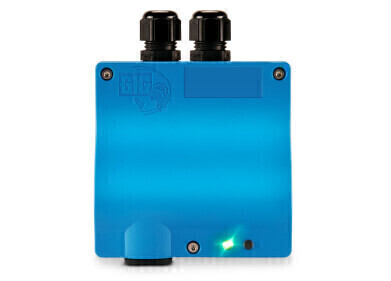
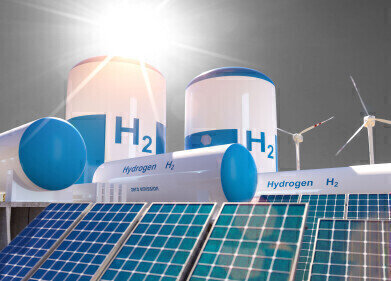
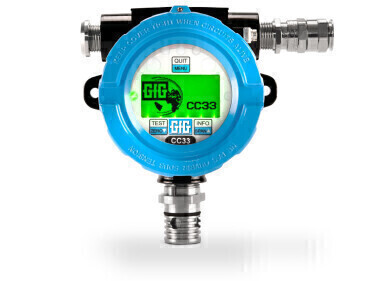

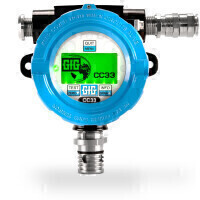

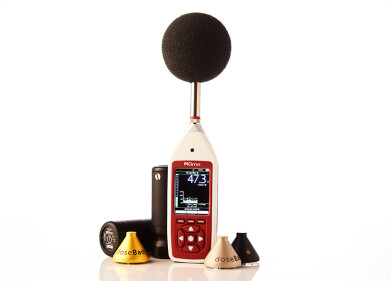
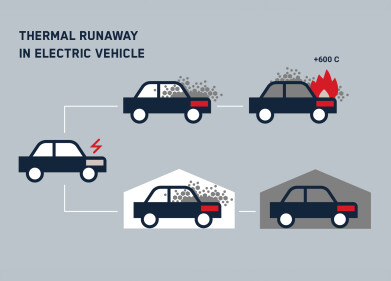

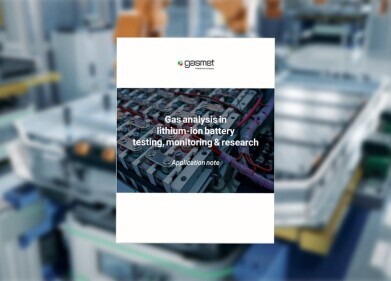


_(4427399123)-(2).jpg)











